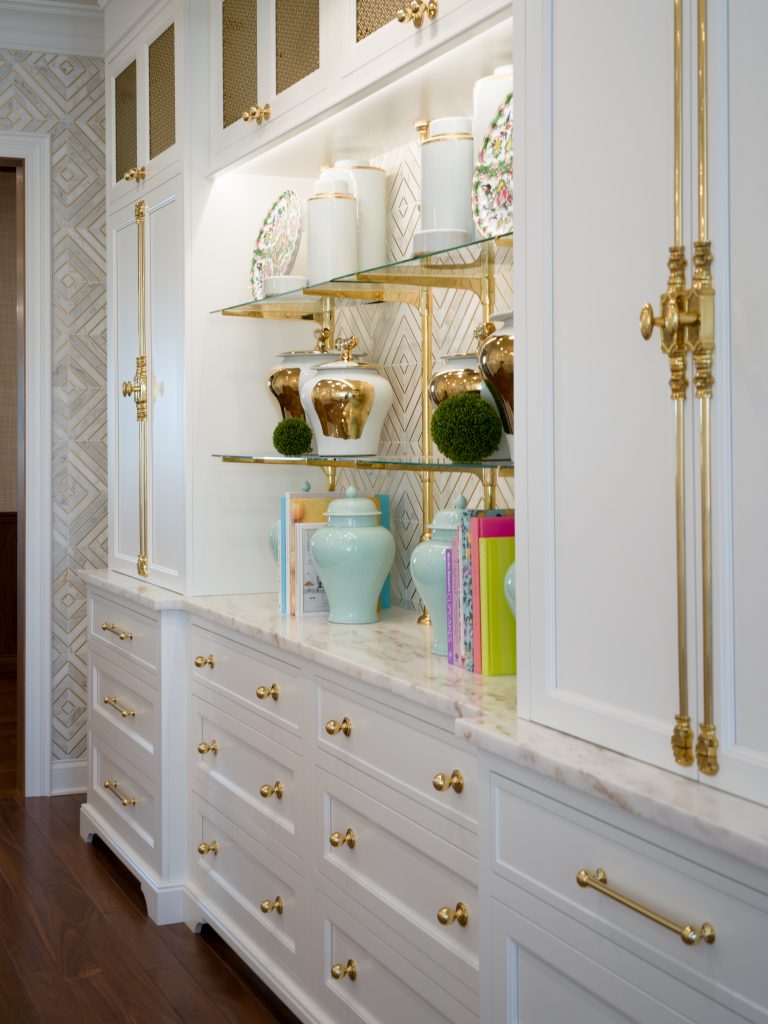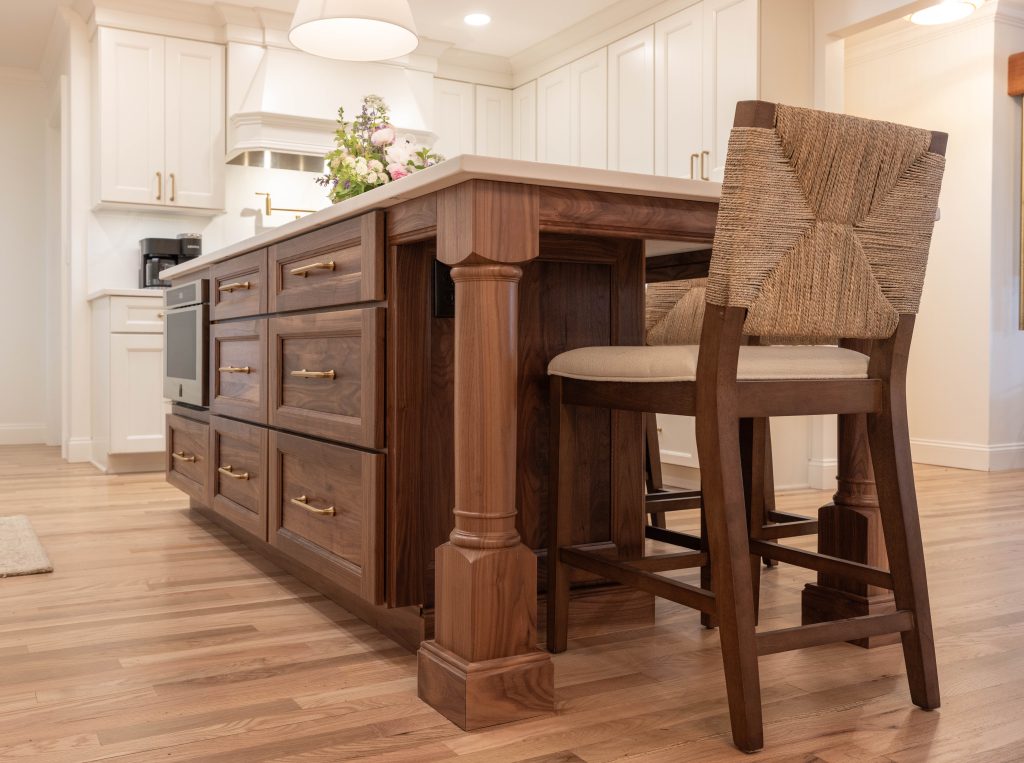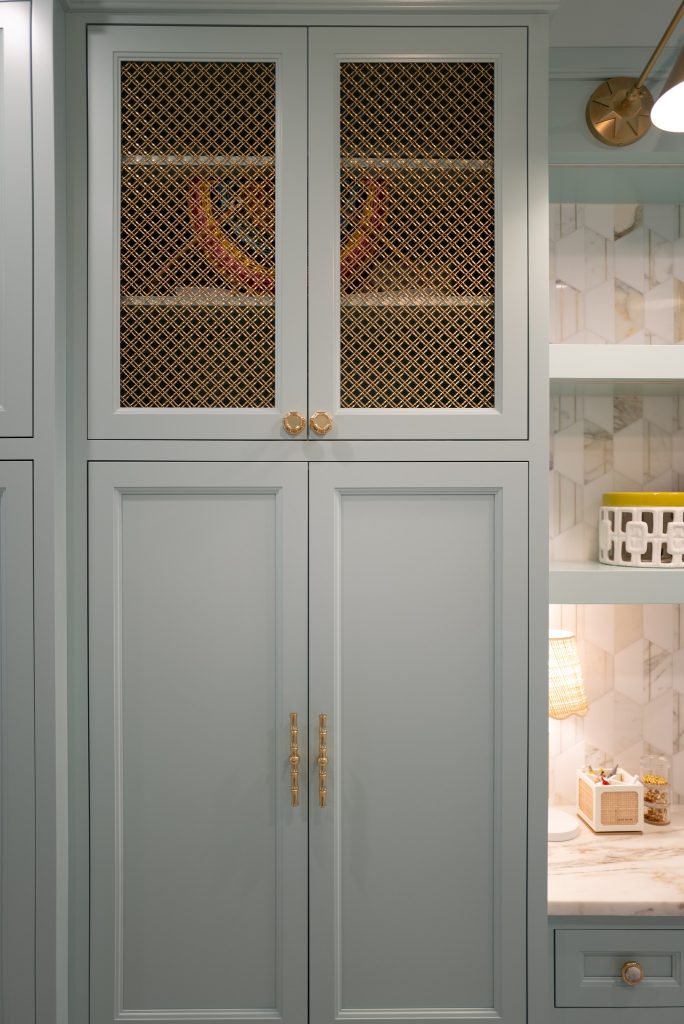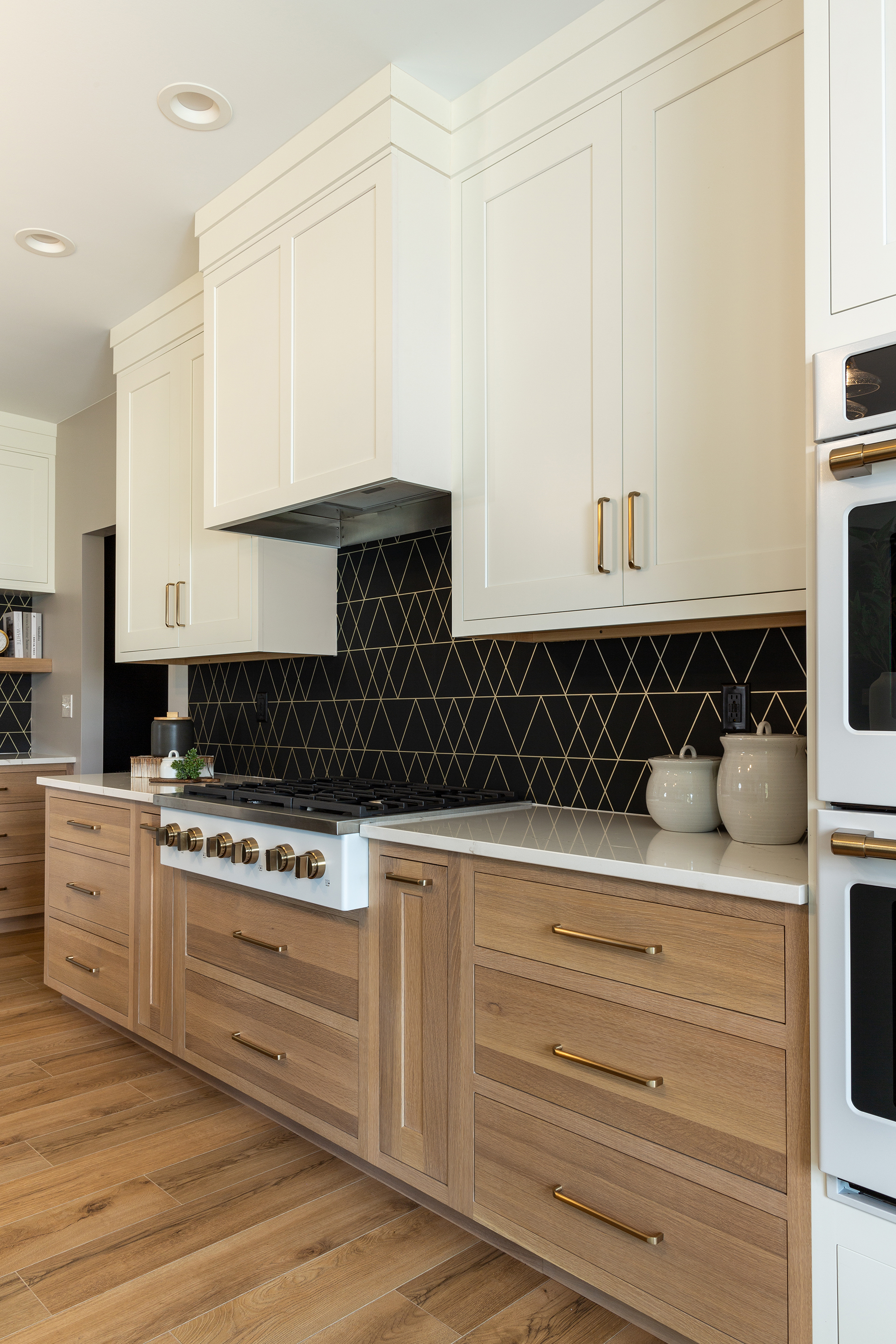A practical guide to aligning layout, materials, and features with your daily routines.
Designing a kitchen isn’t just about choosing colors and finishes—it’s about creating a space that works for your life. Your cabinets aren’t just storage; they set the tone for how your kitchen functions day in and day out.
Whether you’re a meal-prep master, a weekend entertainer, or a “coffee and go” kind of cook, thoughtful cabinet planning can make your space feel intuitive, efficient, and tailored to you.
Here’s how to plan cabinetry around your real lifestyle—not just your Pinterest board.

1. Start with Your Daily Flow
Before picking finishes or hardware, map out your kitchen habits. Ask yourself:
- Where do I prep food?
- Where do dishes pile up?
- What do I reach for the most?
- Do I cook solo or with family/friends?
Use those answers to zone your kitchen intentionally:
- Prep zone: Include deep drawers for mixing bowls and cutting boards near the countertop.
- Cooking zone: Store spices, utensils, and pots near the range.
- Cleanup zone: Add hidden trash, towel storage, and easy access to cleaning supplies near the sink.
The best layouts support your rhythm—not interrupt it.

2. Customize Storage to Match What You Use
Every household is different. One-size-fits-all cabinetry isn’t always the answer. Think beyond generic shelves and choose storage features that suit what you actually own.
Consider:
- Roll-outs for pots and pans
- Vertical dividers for baking sheets or cutting boards
- Pull-out spice racks or oil organizers
- Utensil inserts for those overstuffed drawers
- Appliance garages to hide toasters, blenders, etc.
Pro tip: Inventory your kitchen now. Measure your largest items and design around them.
3. Match Materials to Your Lifestyle (Not Just Aesthetic)
Love a high-gloss cabinet? Make sure it fits your day-to-day.
Choose finishes based on how you live:
- Low maintenance life: Opt for matte or textured finishes that hide fingerprints.
- Busy household: Choose durable materials like thermofoil or high-end laminates.
- Design-forward but functional: Mix natural wood tones with painted finishes for warmth and practicality.
Remember, a stunning cabinet isn’t truly beautiful if it can’t hold up to real life.

4. Consider Who Uses the Space
It’s not just about you—it’s about who shares the kitchen with you.
- Kids in the mix? Install lower drawers for plates or snack access.
- Elderly family members? Avoid hard-to-reach upper cabinets or heavy lift zones.
- Pet-friendly? Add a lower pull-out for bowls or hidden food bins.
- Hosting often? Include glass-front cabinets for barware or an open serving station.
Designing for your household means fewer headaches (and fewer step stools).
5. Don’t Forget Lifestyle Moments That Happen Beyond Cooking
Kitchens today do double (or triple) duty. Consider the moments that aren’t about meals:
- A place to charge phones and drop mail? Add a built-in desk or drawer with outlets.
- Homework station for kids? Add seating and storage in the island area.
- Hosting wine night? Add cabinets with built-in beverage drawers or wine racks.
The best cabinet plans blend storage with lifestyle seamlessly.

6. Plan for the Future You, Too
Think beyond your current habits. Ask:
- Will I still want this setup in 5 years?
- Will I need more space for a growing family (or fewer needs when the kids move out)?
- Will aging-in-place design matter down the line?
A little foresight means fewer regrets—and fewer expensive changes later.

Your Kitchen, Your Way
Cabinetry should be more than just beautiful—it should be smart, functional, and made for the way you live. By designing with your lifestyle in mind, you’re not just creating a kitchen. You’re creating a space that works hard for you every single day.

